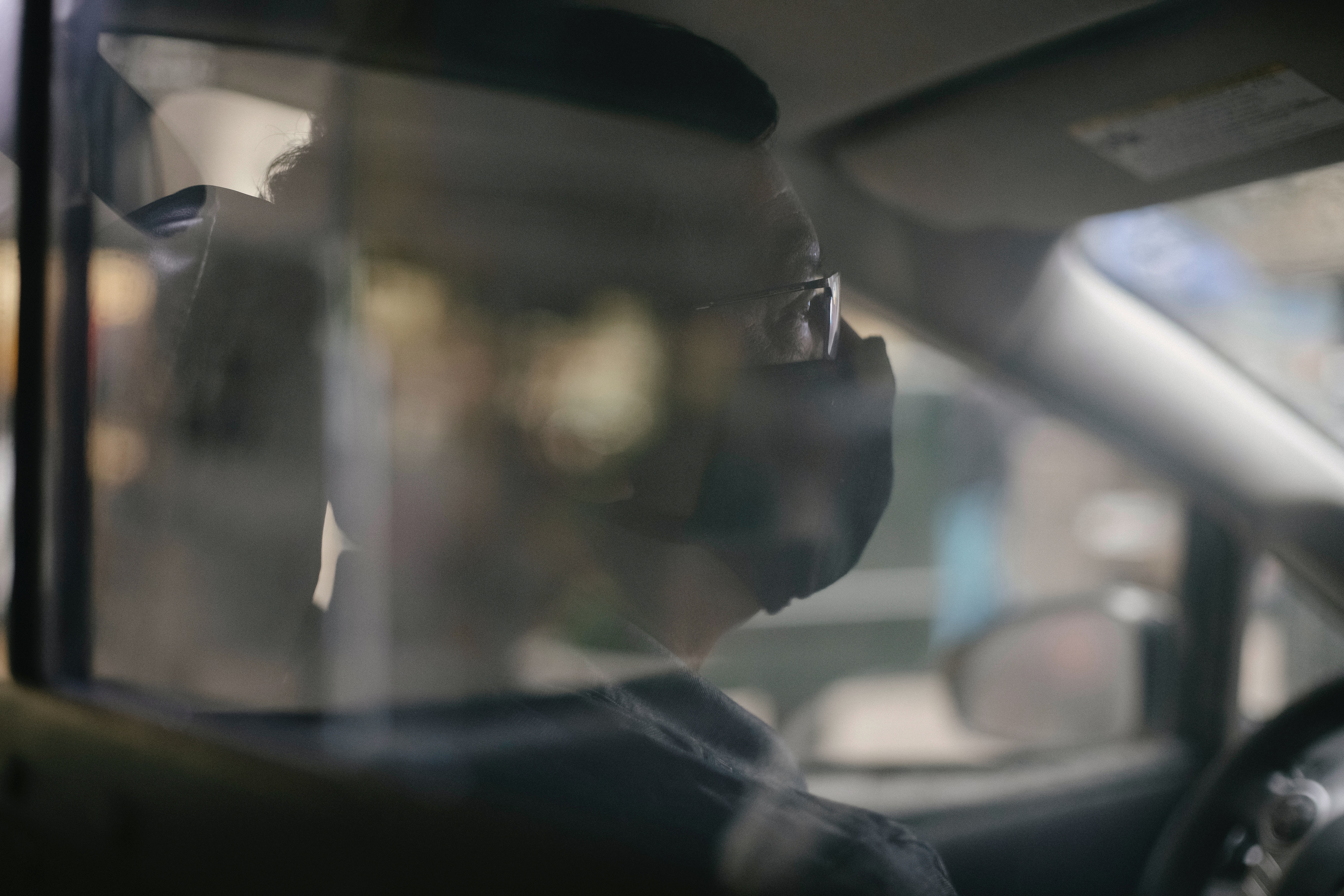2021 started with yet another national lockdown across the UK.
As January closes with the UK crossing an unfortunate landmark of 100,000 COVID-19 related deaths, which also is one of the highest per capita fatality rates in the world, we still do not have a clear idea of what the world of work of the future will look like. While vaccines have given great hope that life may return to pre-pandemic levels, it is by no means certain. The turbulence of 2020 does offer an unique opportunity to redesign the workplaces of the future.
The Covid-19 recession has burdened men and women differently. A recent report from the Scottish Government highlighted that Covid-19 has disproportionately impacted women, ethnic minority groups, low paid workers, children and young people, older adults, households on low incomes or in poverty and disabled people1. The overlap between these groups could mean that impacts might be magnified for some people.
Among Covid-19 after-effects, job losses have been disproportionately high among women and ethnic minorities2. Women are more likely to work in a sector that is subject to lockdown restrictions (18%, compared to 14% for men)3. An International Monetary Fund report highlighted that more jobs have been lost in hospitality, retail, leisure, tourism and travel industries, which are sectors with high female participation. Similarly, repeated school and nursery closures have largely impacted women’s workload because women traditionally provide majority of childcare in the household, and there are still more single-mother households than single-father.
Research suggests that women are more likely to lose or leave their jobs as a result of Covid-19.
A large number of women changed their work patterns due to home schooling and increased caring responsibilities, leading to a disproportionate impact on women’s ability to do paid work3. Overall, women are twice as likely to give up paid work to care for children, older people, and sick or disabled people4,5. This indirectly has resulted in an astronomical and disproportionate number of women been laid off worldwide. 2.1M mothers have had to leave the labour force because only 22% of jobs allow telecommute.
“Because I am a woman, I must make unusual efforts to succeed. If I fail, no one will say, ‘she doesn’t have what it takes’ – they will say ‘women don’t have what it takes.'”
– Clare Boothe Luce
Women work 70% of the world’s working hours, yet earn only 10% of the world’s income due to unpaid care work. Redundancy rates increased more for women rising from 3.1 to 12.8 per thousand compared with men from 4.7 to 13.8 (from Feb-April 2020 to Aug-Oct 2020)6.
The impact of the recession will not be short-lived. The medical crisis is persisting with differing viral strains and varying lockdown strategies, despite Covid-19 vaccines providing hope. With individual nation’s differing travel policies, faster mutating genetic variants of virus emerging across the world and the manufacture/ supply of vaccines being a rate limiting factor, globally- any downturn will be self-reinforcing. Declining incomes lead to tightening spending which in turn affects the whole economy by reducing demand.
The long-term impacts on women could further enhance the gender pay gap, particularly among ethnic minorities.
Progress towards equal pay may also be impacted by the health crisis. Changes in work patterns with remote and flexible working from home should have offered greater flexibility for a more equitable distribution of childcare responsibilities. However, jury is still out if that is happening equitably and if men within families are taking their fair share of caring responsibilities. Women are facing more severe economic impacts of the pandemic compared to men. Women losing 26% of their income, compared to an 18% drop for men, will only increase the gender pay gap further, reversing any progress so far7. Scottish Widows Women and Retirement Report 20208 outlined that women in their twenties today are on course to have £100,000 less in their pension at retirement compared to a man of the same age. Thus, pay gap extending to post-retirement poverty, females are more likely to live in poorer conditions in old age. This is due to systemic barriers and varying work conditions like more women in lower paid or part-time jobs, in and out of jobs due to care responsibilities, redundancies and maternity time off.
Women’s enhanced unemployed status is leading to further poverty in already low-income households and increasing the wellbeing divide.
This situation is even worse for Black, Asian and Minority Ethnic (BAME) and diverse international migrant households, where one person traditionally may be the sole earner. The sectors most impacted by lockdown restrictions also employ a higher than average percentage of BAME and young women3. The percentage of furloughed employees who have lost their job was higher for BAME workers (22%)9. BAME groups were nearly three times more likely to have faced redundancy as a result of the pandemic, compared to the population as a whole10.
The unemployment rate in Scotland was also higher for people from an ethnic minority background, at 6.9% compared with 3.4% of white individuals (16+ unemployment rate, October 2019 to September 2020). A higher percentage (33%) of BAME people were working outside of their home compared to those who self-identify as white (27%) and a higher percentage of ethnic minority individuals (28%) were classed as key workers11. BAME community were considerably more concerned about paying their usual bills and expenses than those who self-identify as white10. Only 35% of BAME reported that lockdown and coronavirus had no impact on their finances compared to 54% of those who self-identify as white11.
Inequality existed in Scotland before the Covid-19 pandemic, and evidence suggests the effects of the health crisis have worsened unequal outcomes between different groups2.
Women account for 98% of the estimated one million key workers being paid below the poverty line and represent 77% of the three million people in “high-risk” jobs according to data published by the think tank Autonomy. The longer the pandemic crisis lasts, the more persistent the scarring effect will be on labour market opportunities. The pandemic may further widen inequalities in income and wealth over the medium term, as well as being likely to make unequal outcomes more severe in a range of other areas. Women losing jobs during a recession would lead to a further widening of the gender pay gap. In the medium to long term there will be many more women with a persistent loss of earnings, after the crisis and additionally living in post-retirement poverty due to pension gap.
This article was written by Dr Poonam Malik FRSB, Member of the Building National Resilience working group.
Click here to read Dr Malik’s second article: Covid-19 Disruption: Opportunities for Redesigning a Fairer and More Productive Economy.
Blog References:
- Scotland’s Wellbeing: The impact of COVID-19, State of the Economy, Scottish Government, 2020
- How coronavirus has affected equality and human rights, Equality and Human Rights Commission, 2020
- Disproportionate Disruption: The impact of COVID-19 on women’s labour market equality, Close the Gap, 2020
- Women and COVID-19, Engender, 2020
- Crossroads on gender equality, The Fawcett Society, 2020
- Office of National Statistics- Employment and Labour Market- People not in work- Redundancies, Office of National Statistics, Jan 2020
- Coronavirus pandemic widens the gender gap, Turn2us, 2020
- Scottish Widows Women and Retirement Report, 2020
- Jobs, Jobs, Jobs: Evaluating the effects of the current economic crisis on the UK labour market, Resolution Foundation, 2020
- Minority ethnic groups face greater problem debt risk since COVID-19, IPPR, 2020
- Overexposed and under protected: COVID-19 impact on BME communities, The Runnymede Trust, 2020
- BAME women and COVID-19, Women’s budget group, 2020





